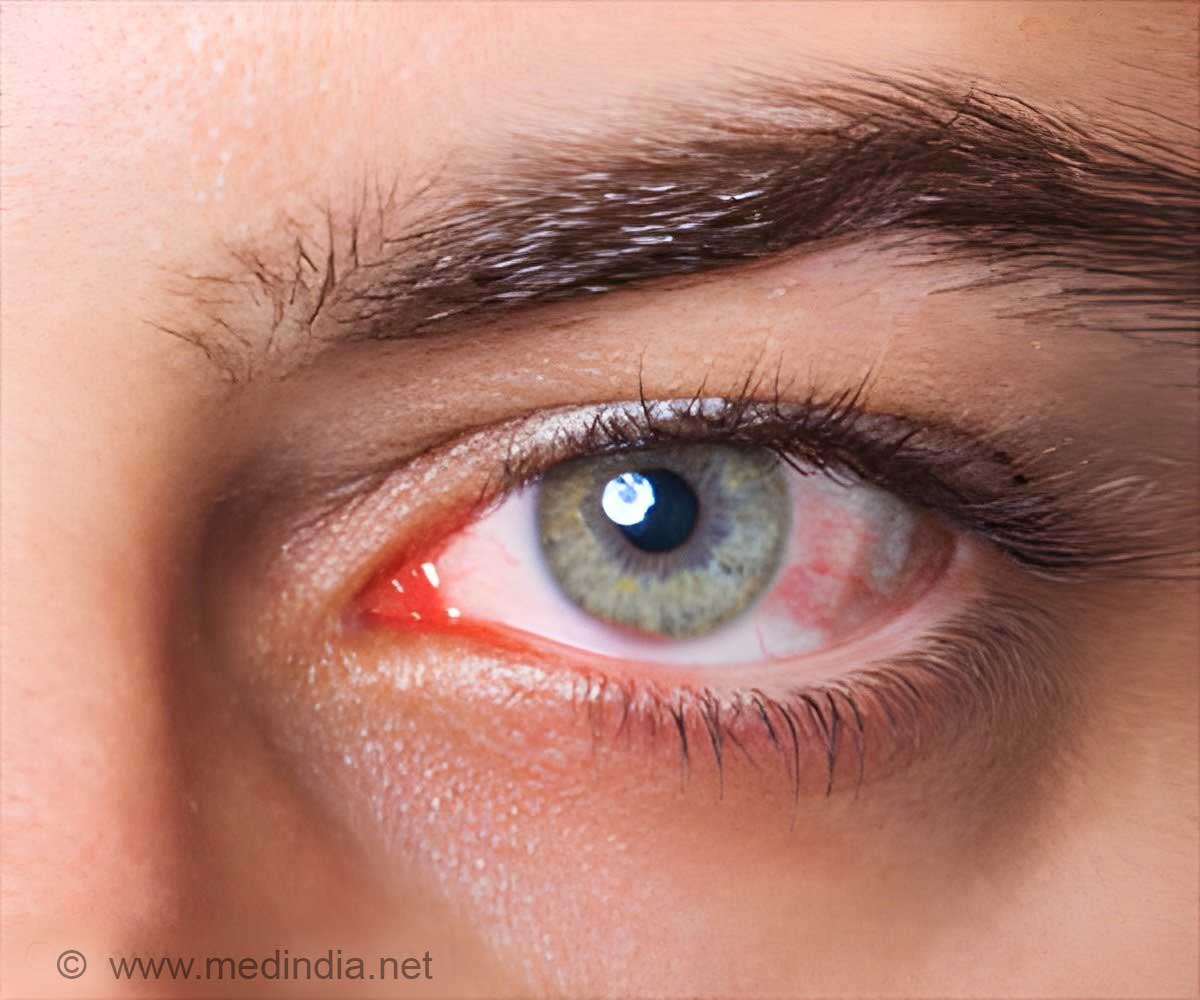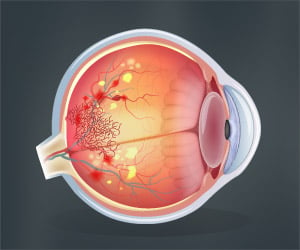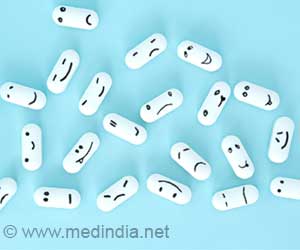A dual-drug combination is used for the treatment of diabetes eye disease, reveals study.

- Diabetic eye disease is a group of eye conditions which affect people with diabetes.
- Dual-drug combination was found to provide protection against diabetes-related vision loss.
- The two-drug combination was found to be more effective when compared to a single drug therapy for treating diabetic eye disease.
A research team from the University of Florida and the Erasmus Medical Center in the Netherlands have found to show that two drugs were found to be more effective than a single drug to reduce the symptoms of diabetic retinopathy within the animal retinas.
The research findings were published in the journal Investigative Ophthalmology & Visual Science.
During the 12 week study, the dual-drug treatment reduced capillary loss by 68% when compared to a single drug which showed only 43%. The single drug was known as angiotensin receptor neprilysin inhibitor (ARNI).
The dual drug combination consists of irbesartan ( angiotensin receptor blocker) and thiorphan, a neprilysin inhibitor. Irbesartan drug is used for the treatment of blood pressure and thiorphan is an anti-diarrheal compound. The efficacy of the drug was compared by using irbesartan alone.
Significantly, he also said that the two drugs were much more effective in decreasing the inflammation which can be one of the main symptoms of diabetic retinopathy.
The dual-drug combination was also found to be more effective than the single drug for reducing cell death in the retina after 12 weeks in rat models.
There was a 51% reduction in cell death while using a dual-drug combination and only a 25% reduction in the single drug combination. This may be potentially significant in developing drugs for diabetic nephropathy as the disease is strongly linked with patients who have diabetes.
However, further research work is required to know the possible side effects of the drug like neprilysin enzyme inhibitor, as the long-term effects of the drug are unknown.
Diabetes Eye Disease
It is a group of eye conditions which affect people with diabetes. Diabetes eye disease can cause severe vision loss and blindness.
Diabetic retinopathy can cause changes in the retinal blood vessels and may lead to bleeding resulting in a distorted vision.
References
- Facts About Diabetic Eye Disease - (https://nei.nih.gov/health/diabetic/retinopathy)
Source-Medindia














